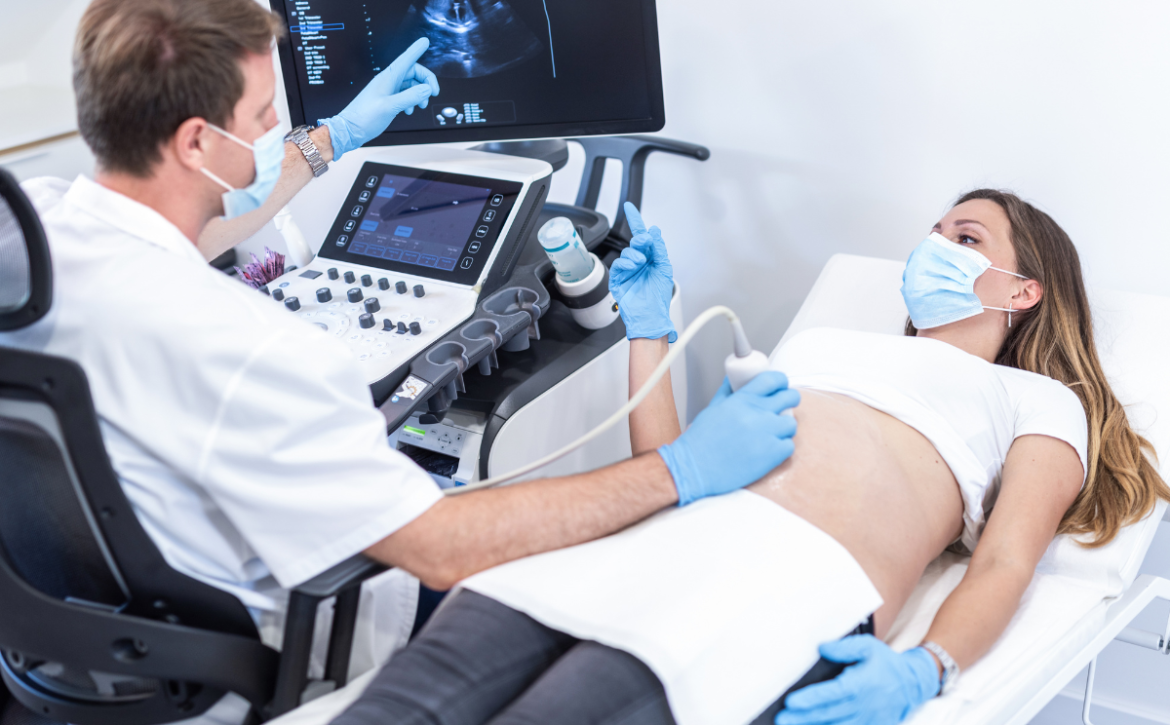Understanding Abdomen Ultrasound Report: A Comprehensive Guide
When it comes to evaluating abdominal health, medical professionals often rely on ultrasound reports. This comprehensive guide aims to provide you with a deeper understanding of an abdomen ultrasound report. By the end of this article, you will be familiar with the various components of the report, the key terminologies used, and their significance in diagnosing abdominal conditions.
- Importance of Abdomen Ultrasound Reports:
Abdomen ultrasound reports play a crucial role in the diagnosis and monitoring of several abdominal conditions. Ultrasound imaging offers a safe and non-invasive method to visualize the organs and structures within the abdomen. By interpreting the ultrasound report accurately, healthcare professionals can identify abnormalities, tumors, cysts, and other conditions affecting the abdominal region.
- Components of an Abdomen Ultrasound Report:
a) Patient Information: The abdomen ultrasound report begins with essential patient details, including name, age, and gender. This information helps to ensure accurate documentation and proper record-keeping.
b) Clinical History: The ultrasound report also includes a summary of the patient’s clinical history. This section provides crucial background information that helps the radiologist interpret the findings in context. Relevant medical conditions, symptoms, and previous interventions are often included in the clinical history.
c) Study Technique: The ultrasound report describes the imaging technique employed during the procedure. It specifies the type of transducer used, such as a linear or curved transducer, and the patient’s position during the examination. This information helps to establish consistency in future examinations and enables comparisons across different reports.
d) Findings and Observations: The most important segment of an abdomen ultrasound report is the findings and observations section. It provides a detailed analysis of each abdominal organ, including the liver, gallbladder, spleen, kidneys, pancreas, and bladder. The radiologist describes the organ’s size, shape, texture, and any visible abnormalities.
e) Impression and Recommendations: Based on the findings, the radiologist provides an impression or summary of the ultrasound examination. This section highlights any significant findings, suggests a diagnosis if possible, and provides recommendations for further investigations or consultations with specialists.
- Key Terminologies in an Abdomen Ultrasound Report:
a) Hyperechoic: This term refers to structures that appear brighter or more reflective on ultrasound images. Hyperechoic findings can indicate the presence of dense tissues, such as calcifications or stones.
b) Hypoechoic: In contrast to hyperechoic, hypoechoic structures appear darker or less reflective on ultrasound images. Hypoechoic findings may indicate fluid-filled or less dense structures.
c) Distal: Distal refers to the furthermost part of an organ or structure from a specific reference point. It is commonly used to describe the location of a lesion or abnormality.
d) Focal: Focal refers to a localized area of abnormality within an organ or structure. It suggests that a specific region requires further investigation or follow-up.
e) Ascites: Ascites is the presence of excess fluid in the abdominal cavity. It is often associated with liver disease, heart failure, or certain cancers. The ultrasound report may mention ascites if detected during the examination.
- Enhancing Readability and Structure:
In order to make this article more reader-friendly and enhance its overall structure, the content is organized into subheadings. By breaking up longer paragraphs and utilizing bullet points or numbered lists, we ensure that readers can easily navigate the information and find what they require.
Understanding the various aspects of an abdomen ultrasound report is essential for patients and healthcare professionals alike. Whether you are seeking clarification about your own report or interested in learning more about interpreting ultrasound findings, this guide provides you with comprehensive insights.
Conclusion:
Now that you have gained a comprehensive understanding of an abdomen ultrasound report, you can navigate through it with more confidence. Remember to consult your healthcare provider for proper interpretation and follow-up.












